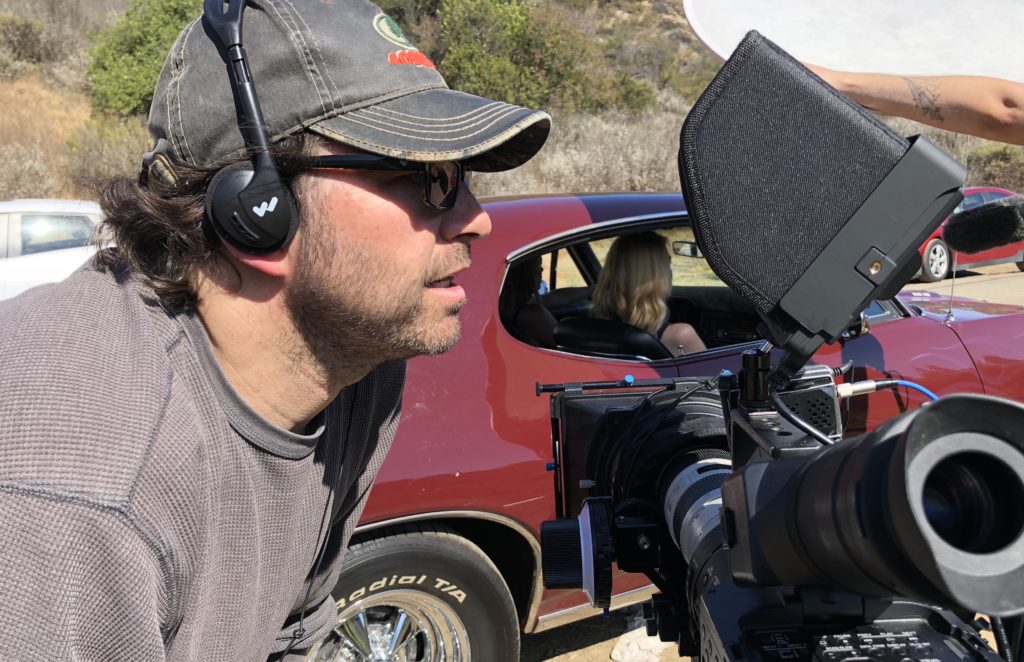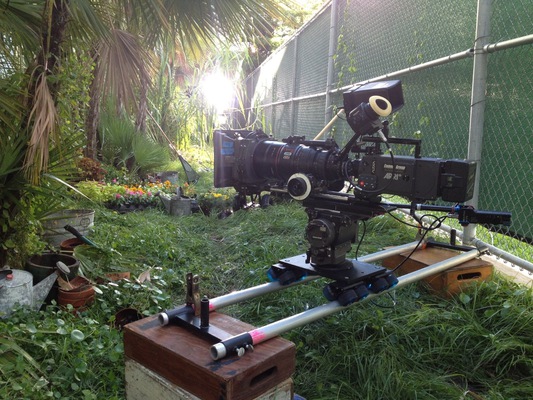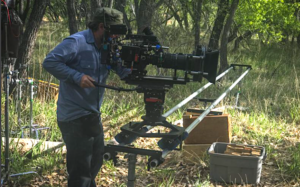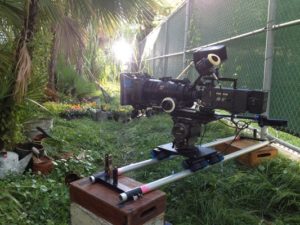Patience may be a virtue but it gets nothing accomplished
One thing I’ve always believed is if you have a camera and a subject, you’re good to go. Come on, think about it…Sure, it’d be nice to have a soundman, hair and makeup department and production designers along with a handful of other people and honey wagons supporting your mission but when the rubber meets the road, how much of that is really necessary to telling a story? Don’t get me wrong, I am proponent of having a capable crew on hand (especially a crack soundman) and value each and every one of them but this blog isn’t about the crew, it’s about you, the ever encompassing filmmaker telling the story you want – better yet – need to tell.
I recently attended Outfest at the Directors Guild of America here in Los Angeles and had the pleasure of seeing the motion picture מונטנה (that’s “Montana” for those who don’t read Hebrew) and upon hearing the Q&A with filmmaker Limor Shmila, I was reminded of something I preach constantly: “Don’t wait for anyone to give you the go-ahead to tell your story, just tell it.” Limor’s film was very well done on a shoestring budget and filmed in just thirteen days. It was also selected for the Toronto International Film Festival–in case you’re wondering if it’s worth seeing. Of course, there are films that require huge budgets (and crew) to get done properly but I am not talking about those; I’m talking about telling stories that touch the human heart and can launch new filmmakers into the stratosphere. You know, old school storytelling!
Some of the most impacting films I saw as a kid while trying to find my way were ones that just consisted of human beings captured on camera doing extraordinary things. Academy Award nominated films like Mike Hoover’s Solo and Skaterdater, which launched Noel Black’s career had huge influences on my desire to become a filmmaker and proved you don’t need a ton of money or large crews to achieve it. Nowadays when you can pick up your iPhone (or a DSLR at Costco), a laptop to edit on and have the World Wide Web at your fingertips as a distribution platform, there is no stopping you.

Shane, cast, and crew on set.
Recently I had the pleasure of filming some segments for a cool project called Southern Decadence with producer Gina Rugolo. For my scenes, I wanted a skeleton crew and got my wish – a cast of two and a crew of three – not including the picture car owner. I’m very pleased with the end results and would proudly put our work up against any film within a mid six-figure budget and frankly, couldn’t have enjoyed the experience more. In fact, I’m already digging through my script archives to see what I can do next for little to no money. As I mention in my book, there’s making movies and there’s talking about making movies. Personally, I would rather make ‘em, and the only person getting in the way of doing that is you.
Happy Shooting!



